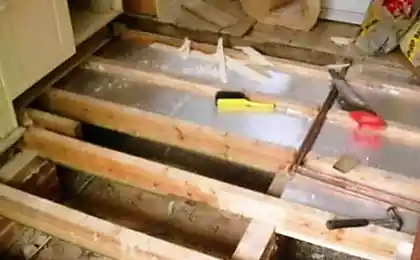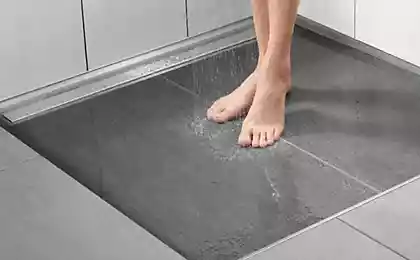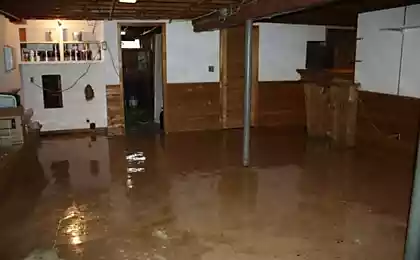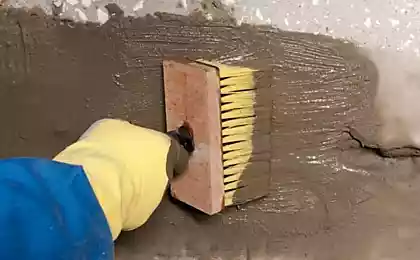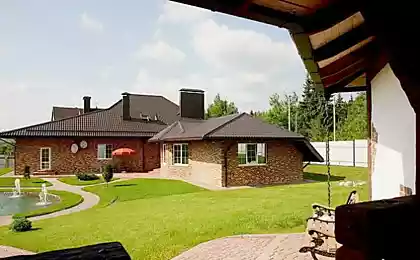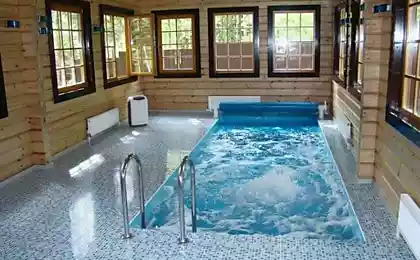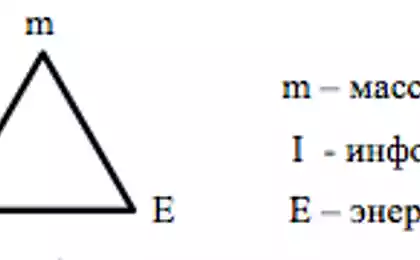547
How to protect house Foundation from water
Concrete foundations of any buildings, structures, should be possible to protect from moisture. Unfortunately, some builders ignore this type of work because of the desire to reduce the total cost of the construction work. But in vain!
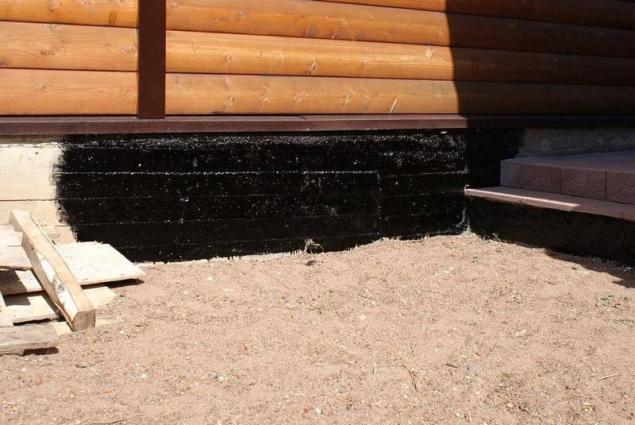
The fact that concrete absorbs water, which rises in his capillaries, and in the transition of air temperature through zero first freezes, and then thaws, which leads to cracking and further deterioration of concrete. Thus, without adequate protection of the house Foundation may crack after a few years, which will necessitate a major overhaul of the entire building. In addition, through the cracked Foundation of the house begins to get moisture, insects and microorganisms that do not carry anything good for building structures, and indeed for the hosts.
What methods can be used to protect the Foundation?First, the installation of low tides for the Foundation. Their purpose is the withdrawal of rain and melt water that enters the Foundation from the roof. Install them so that junction to the wall was the most dense. If this fails, it is necessary the connection of the low tide and wall fill with sealant.
Secondly, waterproofing basement from ground water. Waterproofing shall be subject to all of the surface of the Foundation in contact with ground. How to perform depend on the design features of the Foundation and the groundwater level.
In that case, if the water rises higher than one meter to the base of the Foundation, it is sufficient to perform the waterproofing with roofing felt, which is placed before pouring the concrete on the bottom and inner sides of the formwork of the future Foundation. This method is applicable not just for strip Foundation, but for Borsalino To the bottom saburenkova for pile holes is laid roofing felt, and for the protection of the pile in the circle, he rolled "tube" and inserted into the hole before pouring the concrete.
Of course, this is the cheapest option, which is not quite suitable in the case that groundwater is too high to the base of the Foundation, especially if it is filled during flood periods. In this case, it is necessary to use more expensive modern materials: penetrating waterproofing or liquid rubber.
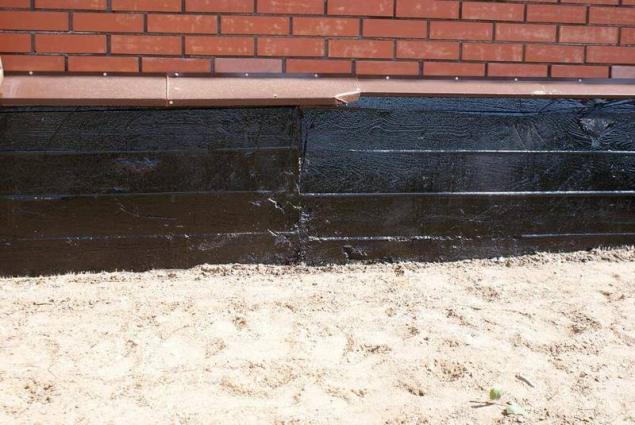
Third, the Foundation must be protected from surface waters that fall on nezaglublennom part when rain and melting snow. This is necessary only if the ground part of the Foundation will not be facing work, with the exception of the veneer panels in the space between them and the Foundation it can get moisture with devastating consequences. No need for waterproofing of the ground parts and in the case of plastering her special, ground plaster with further staining.
For waterproofing of the cap coating method is used. Most popular in this case bitumen mastic. There are several ways of its application. If the surface of the Foundation free of cracks, irregularities and bumps, the paste is heated to 30 — 40 degrees and is applied by brush or roller. It is possible to heat the burner or a blowtorch. To dilute the paste can be white spirit, but do not get involved in this — when adding the mastic cools rapidly and, as a consequence, mix it into a homogeneous mass will be difficult.
Before applying Polish, the surface must be cleaned of dirt and grease. If the Foundation is uneven, then you need to shoot them down. Cracks and deep hollows on the Foundation can be repaired with the same mastic, but do not heat it up. It can be applied in this case, with a spatula, by analogy with the putty.
When performing waterproofing of the Foundation must be considered that it is very bad building materials. Waterproofing the basement part of the Foundation needed to perform after the blind area, which in turn also fulfils the role of water drainage from the Foundation.
Thus the sequence of the waterproofing of the Foundation must be: performed waterproofing of the ground parts, pour paving, waterproofing running (or decorating) the basement part. published
Source: www.diy.ru/post/8745/

The fact that concrete absorbs water, which rises in his capillaries, and in the transition of air temperature through zero first freezes, and then thaws, which leads to cracking and further deterioration of concrete. Thus, without adequate protection of the house Foundation may crack after a few years, which will necessitate a major overhaul of the entire building. In addition, through the cracked Foundation of the house begins to get moisture, insects and microorganisms that do not carry anything good for building structures, and indeed for the hosts.
What methods can be used to protect the Foundation?First, the installation of low tides for the Foundation. Their purpose is the withdrawal of rain and melt water that enters the Foundation from the roof. Install them so that junction to the wall was the most dense. If this fails, it is necessary the connection of the low tide and wall fill with sealant.
Secondly, waterproofing basement from ground water. Waterproofing shall be subject to all of the surface of the Foundation in contact with ground. How to perform depend on the design features of the Foundation and the groundwater level.
In that case, if the water rises higher than one meter to the base of the Foundation, it is sufficient to perform the waterproofing with roofing felt, which is placed before pouring the concrete on the bottom and inner sides of the formwork of the future Foundation. This method is applicable not just for strip Foundation, but for Borsalino To the bottom saburenkova for pile holes is laid roofing felt, and for the protection of the pile in the circle, he rolled "tube" and inserted into the hole before pouring the concrete.
Of course, this is the cheapest option, which is not quite suitable in the case that groundwater is too high to the base of the Foundation, especially if it is filled during flood periods. In this case, it is necessary to use more expensive modern materials: penetrating waterproofing or liquid rubber.

Third, the Foundation must be protected from surface waters that fall on nezaglublennom part when rain and melting snow. This is necessary only if the ground part of the Foundation will not be facing work, with the exception of the veneer panels in the space between them and the Foundation it can get moisture with devastating consequences. No need for waterproofing of the ground parts and in the case of plastering her special, ground plaster with further staining.
For waterproofing of the cap coating method is used. Most popular in this case bitumen mastic. There are several ways of its application. If the surface of the Foundation free of cracks, irregularities and bumps, the paste is heated to 30 — 40 degrees and is applied by brush or roller. It is possible to heat the burner or a blowtorch. To dilute the paste can be white spirit, but do not get involved in this — when adding the mastic cools rapidly and, as a consequence, mix it into a homogeneous mass will be difficult.
Before applying Polish, the surface must be cleaned of dirt and grease. If the Foundation is uneven, then you need to shoot them down. Cracks and deep hollows on the Foundation can be repaired with the same mastic, but do not heat it up. It can be applied in this case, with a spatula, by analogy with the putty.
When performing waterproofing of the Foundation must be considered that it is very bad building materials. Waterproofing the basement part of the Foundation needed to perform after the blind area, which in turn also fulfils the role of water drainage from the Foundation.
Thus the sequence of the waterproofing of the Foundation must be: performed waterproofing of the ground parts, pour paving, waterproofing running (or decorating) the basement part. published
Source: www.diy.ru/post/8745/
